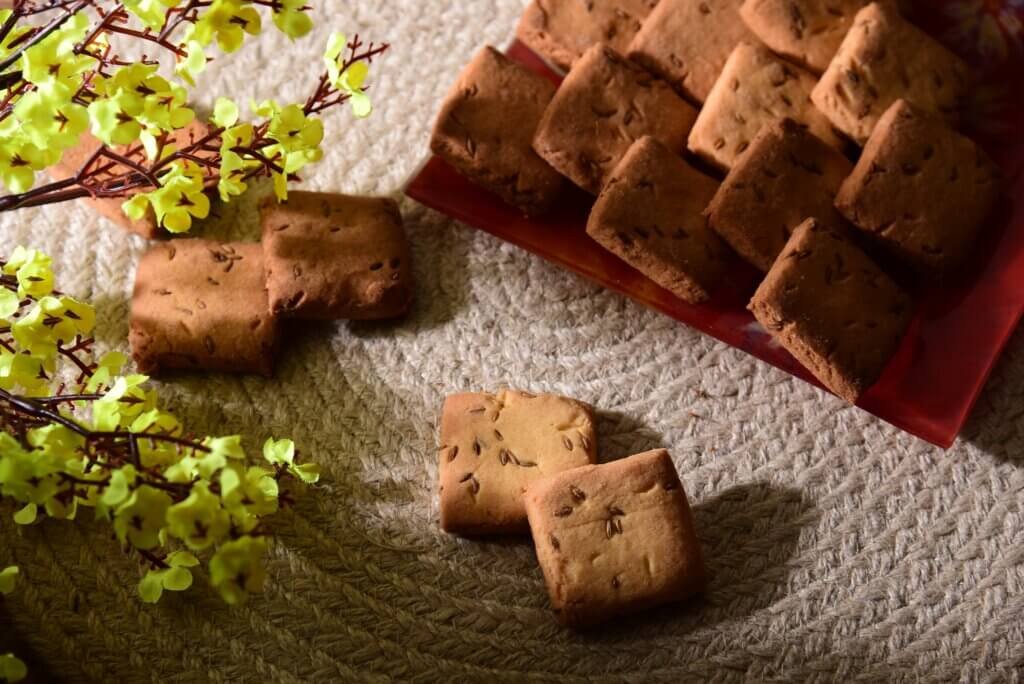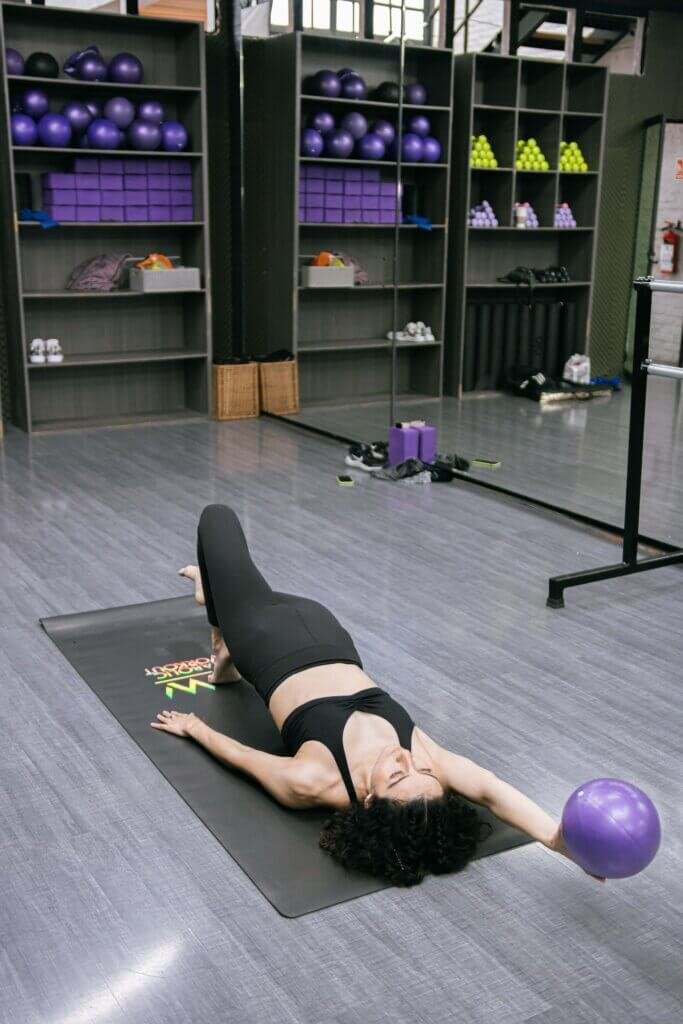Looking for the ideal yoga mat to enhance your practice? Look no further as our Buyer’s Guide has got you covered! From the plush cushioning for joint support to the right amount of grip for stability, finding the perfect yoga mat can make all the difference in your practice. Whether you’re a beginner or a seasoned yogi, this comprehensive guide will walk you through the key factors to consider, allowing you to make an informed decision and achieve that perfect balance on the mat. So get ready to embark on a journey towards finding the yoga mat that suits your needs and takes your practice to new heights!
Types of Yoga Mats
PVC Mats
PVC mats are the most common type of yoga mat found in the market. They are made from a synthetic material called polyvinyl chloride (PVC). These mats are known for their durability, affordability, and excellent grip. PVC mats also provide great cushioning and support for your practice. However, it is important to note that PVC is not an eco-friendly option, as it is not biodegradable and can release harmful chemicals during production and disposal.
Natural Rubber Mats
Natural rubber mats are made from the sap of rubber trees. These mats are an excellent choice for those who prioritize sustainability and eco-friendliness. Natural rubber mats offer superior grip and traction, making them perfect for hot yoga or activities that require a strong grip. They are also known for their durability and cushioning properties. However, some individuals may find the smell of natural rubber mats unpleasant, especially when they are new.
Cork Mats
Cork mats are made from the bark of cork oak trees. These mats are a sustainable and eco-friendly option, as the harvesting of cork does not harm the trees. Cork mats provide a firm and stable surface for your practice, with excellent grip and traction. They are also naturally antimicrobial, making them hygienic and easy to clean. However, cork mats may not provide as much cushioning as other materials, so if you prefer a softer surface, you may need to add additional padding.
Jute Mats
Jute mats are made from natural fibers derived from jute plants. These mats have a unique texture that provides excellent grip and traction. Jute mats are eco-friendly and biodegradable, making them a great choice for those who prioritize sustainability. They are also lightweight and portable, making them ideal for travel. However, jute mats may not offer as much cushioning as other materials, so if you require more support, you may need to opt for a thicker mat.
Polyurethane Mats
Polyurethane (PU) mats are a newer addition to the yoga mat market. These mats are known for their excellent grip, even when wet. Polyurethane mats provide a soft and cushioned surface, making them a comfortable option for your practice. They are also durable and easy to clean. However, it is important to note that some individuals may have allergies or sensitivities to polyurethane, so it’s always recommended to test the mat before making a purchase.
Microfiber Mats
Microfiber mats are made from a blend of microfiber and natural rubber. These mats offer a luxurious and soft surface for your practice. Microfiber mats have excellent grip and traction, even during sweaty or vigorous sessions. They are also easy to clean, as most of them can be machine washed. Microfiber mats are a popular choice for hot yoga or intense workouts. However, they may not provide as much cushioning as thicker mats, so if you require extra support, you may need to consider other options.
TPE Mats
Thermoplastic elastomer (TPE) mats are made from a blend of synthetic materials. These mats offer a good balance between cushioning and support. TPE mats are lightweight, portable, and easy to clean. They are also latex-free and hypoallergenic, making them a suitable choice for individuals with allergies or sensitivities. However, TPE mats are not as durable as other options and may wear out more quickly, especially with frequent use.
Combination Mats
Combination mats offer the best of both worlds by using a combination of materials. These mats typically have a top layer made from a grippy material like natural rubber or cork, providing excellent traction, while the bottom layer is made from a more cushioned material like PVC or TPE, offering comfort and support. Combination mats are versatile and suitable for various types of yoga practices. However, they may be more expensive than single-material mats.
Thickness and Cushioning
Thin Mats
Thin mats, typically measuring 1/16″ to 1/8″ thick, are a popular choice for yogis who prefer a firmer and closer connection to the floor. These mats provide a stable foundation for balance poses and are lightweight and portable, making them ideal for travel or outdoor practices. However, thin mats may not offer as much cushioning for your joints, so if you have a sensitive back or knees, you may need to consider thicker options.
Standard Mats
Standard mats, usually around 1/4″ thick, are the most common choice for everyday yoga practice. These mats provide a good balance between cushioning and stability, making them suitable for various types of yoga. Standard mats offer enough support for your joints while still allowing you to feel connected to the ground. They are comfortable and versatile, making them a reliable option for most yogis.
Thick Mats
Thick mats, measuring 3/8″ to 1/2″ thick, are designed to provide maximum cushioning and support. These mats are ideal for individuals with joint pain or injuries, as they help to alleviate pressure and protect sensitive areas. Thick mats also offer insulation and can be more comfortable for meditative or restorative practices. However, it’s important to note that thicker mats may be heavier and less portable than thinner options.
Extra Thick Mats
For yogis who require extra cushioning, there are extra thick mats available, measuring 5/8″ to 3/4″ thick. These mats are especially beneficial for individuals with sensitive joints or individuals who have a preference for a plush and supportive surface. Extra thick mats provide exceptional comfort, but it’s important to consider their weight and portability, as they may be heavier and bulkier than standard mats.

Material Durability
Long-Lasting Materials
When considering the durability of yoga mats, it’s important to look for mats made from high-quality materials. PVC mats and combination mats are known for their durability and ability to withstand regular use. These mats are designed to withstand wear and tear, making them a good investment for long-term use. However, it’s important to note that the durability of a yoga mat also depends on how well it is maintained and cared for.
Eco-Friendly Materials
If sustainability is a priority for you, consider opting for mats made from eco-friendly materials. Natural rubber mats, cork mats, and jute mats are excellent choices as they are biodegradable and made from renewable resources. These mats are designed to be environmentally friendly from production to disposal. By choosing eco-friendly materials, you can minimize your environmental impact and support sustainable manufacturing practices.
Sustainable Materials
In addition to being eco-friendly, sustainable materials take into account the entire life cycle of the product. Look for mats made from materials that minimize waste, reduce energy consumption during production, and prioritize ethical labor practices. Some companies also offer mats made from recycled materials such as recycled rubber or plastic bottles. By choosing mats made from sustainable materials, you can practice yoga with the knowledge that you are supporting environmentally and socially responsible practices.
Grip and Traction
Textured Surfaces
For yogis who prioritize grip and traction, textured surfaces on yoga mats can make a huge difference in their practice. Mats with a textured surface, such as natural rubber or jute mats, provide enhanced grip, especially for poses that require strong contact with the mat. Textured surfaces create friction and prevent your hands and feet from slipping during your practice, allowing you to focus on your alignment and breath.
Open-Cell vs Closed-Cell
When it comes to grip and traction, it’s important to consider the type of cell construction in the mat. Open-cell mats have a porous structure that absorbs moisture, providing better grip when your mat gets wet from sweat or humidity. These mats offer excellent traction, especially in hot yoga or high-intensity practices. On the other hand, closed-cell mats have a denser structure that repels moisture, making them easier to clean and maintain. Closed-cell mats are suitable for individuals who prefer a dry surface during their practice.
Wet and Dry Grip
Having excellent grip and traction, both in wet and dry conditions, is essential for a safe and confident yoga practice. Some mats are specifically designed to provide better grip when they are wet, making them ideal for hot yoga or practices that involve a lot of sweat. Mats made from natural rubber or polyurethane are known for their wet grip and will help prevent slippage during your most challenging poses. It’s important to consider your personal needs and practice requirements when choosing a mat that offers optimal grip and traction.

Size and Dimensions
Standard Size
Most yoga mats are designed to be versatile and fit the needs of the majority of yogis. The standard size for a yoga mat is typically around 68″ to 72″ long and 24″ to 26″ wide. Standard size mats provide enough space for most individuals to comfortably practice various yoga poses. They offer ample room for lying down, standing, and moving between poses without feeling restricted.
Extra Wide Mats
For individuals who prefer a wider practice area, extra wide mats are available. These mats are usually 26″ to 28″ wide, providing additional space for a wider stance or extra movement during your practice. Extra wide mats can be beneficial for individuals with broader shoulders or those who prefer a more spacious practice area. However, it’s important to consider the portability of these mats, as they may be heavier and bulkier than standard size mats.
Extra Long Mats
If you are taller, you may require a longer mat to comfortably accommodate your body length. Extra long mats are typically around 72″ to 84″ long, providing extra room for taller individuals. These mats ensure that you have sufficient space to fully stretch out and move through poses without worrying about your body extending beyond the mat. Extra long mats are highly recommended for individuals over 6 feet tall.
Travel Size Mats
For yogis on the go or those who frequently travel, travel size mats are a convenient option. These mats are designed to be compact and lightweight, making them easy to carry in your suitcase, backpack, or gym bag. Travel size mats are typically thinner than regular mats, but they still provide sufficient support and grip for your practice. They are ideal for practicing in hotel rooms, outdoor spaces, or crowded studios where space may be limited.
Portability and Weight
Lightweight Mats
If you are always on the move or prefer to practice outside the studio, a lightweight mat is essential. Lightweight mats are typically thinner and made from lightweight materials such as TPE or microfiber. These mats are easy to carry, making them ideal for traveling, hiking, or commuting to and from the studio. However, it’s important to note that lightweight mats may not offer as much cushioning as thicker mats, so if you require extra support, you may need to consider other options.
Foldable Mats
For yogis who prioritize portability and convenience, foldable mats are a great choice. These mats are designed to be easily folded and stored in a backpack or bag. Foldable mats are often made from lightweight materials such as microfiber or TPE and are perfect for those who need a mat they can take anywhere. However, it’s important to consider the thickness and cushioning of foldable mats, as they may not provide as much support as thicker mats.
Mat Thickness vs Portability
It’s important to strike a balance between mat thickness and portability, especially if you value both cushioning and convenience. Thicker mats typically offer more comfort and support for your joints, but they can be heavier and bulkier to carry. On the other hand, thinner mats are lighter and more portable, but they may not provide as much cushioning. Consider your priorities and how you plan to use your mat to find the right balance between thickness and portability.

Price Range
Budget Mats
For those on a tight budget, there are plenty of affordable yoga mats available. Budget mats are often made from PVC or TPE material, offering basic functionality and durability. While they may not have the same quality or longevity as higher-end mats, budget mats are suitable for beginners or individuals who only practice occasionally. It’s important to note that price should not be the sole determining factor, as a good-quality mat can significantly enhance your practice and prevent injuries.
Mid-Range Mats
Mid-range mats offer a balance between price and quality. These mats are often made from a combination of materials, providing good grip, durability, and comfort. Mid-range mats typically offer more features and longevity compared to budget mats. They are suitable for individuals who practice regularly and value a reliable and supportive mat without breaking the bank.
High-End Mats
High-end mats are designed for serious yogis who prioritize quality, performance, and longevity. These mats are often made from premium materials such as natural rubber, cork, or microfiber. High-end mats offer exceptional grip, cushioning, and durability, ensuring a comfortable and supportive practice. While they may be more expensive, high-end mats are a worthwhile investment if you are committed to your yoga practice and want a mat that will last for years to come.
Maintenance and Cleaning
Easy to Clean Mats
Maintaining cleanliness and hygiene is essential for a healthy yoga practice. Look for mats that are easy to clean, as they will require regular upkeep to prevent odors, bacteria, and mold. Most mats can be cleaned with a mild soap and water solution, followed by air drying. Mats with closed-cell construction are particularly easy to clean, as they repel moisture and prevent dirt from seeping in. Regular cleaning will extend the lifespan of your mat and ensure a fresh practice every time.
Machine Washable Mats
For added convenience, consider mats that are machine washable. Machine washable mats can be simply tossed into the washing machine, making them easy to keep clean and fresh. However, it’s important to follow the manufacturer’s instructions and use a gentle cycle with a mild detergent. Machine washable mats are particularly beneficial if you sweat a lot during your practice or if you practice hot yoga frequently.
Non-Toxic Cleaning Agents
To maintain the longevity of your mat and ensure your safety, opt for non-toxic cleaning agents. Harsh chemicals and cleaning products can degrade the material of the mat and may leave behind residues that can be harmful to your health. Look for natural or eco-friendly cleaning agents specifically designed for yoga mats. These cleaners are generally plant-based and free from harsh chemicals, ensuring that your mat remains in good condition and safe for your practice.

Design and Aesthetics
Solid Colors
For individuals who prefer a sleek and minimalist look, mats with solid colors are a great choice. Solid color mats are timeless and versatile, blending seamlessly with any yoga apparel or studio environment. These mats often come in a wide range of colors, allowing you to choose a mat that reflects your personal style or matches your mood. Solid color mats are also less likely to show signs of wear and tear, maintaining their aesthetic appeal over time.
Printed Patterns
If you want to add some flair and personality to your practice, mats with printed patterns are a fun and vibrant option. Printed pattern mats feature various designs, from abstract patterns to geometric shapes, nature-inspired motifs, or inspirational quotes. These mats allow you to express your individuality and stand out in the studio. However, it’s important to consider the durability of the print, as some mats may fade or peel over time.
Artistic Designs
For those who appreciate art and want their mat to be a visual masterpiece, mats with artistic designs are a perfect choice. These mats feature beautiful and intricate illustrations, paintings, or drawings created by talented artists. Artistic design mats not only serve as a functional tool for your practice but also double as a work of art. These mats can be a source of inspiration and elevate your yoga experience.
Eco-Friendly Options
Recycled Materials
One of the easiest ways to support sustainability is by choosing mats made from recycled materials. Recycled rubber mats are made from discarded rubber, such as old tires, which would otherwise end up in landfills. These mats provide excellent grip and durability while reducing waste and conserving natural resources. Some companies also offer mats made from recycled plastic bottles, contributing to the reduction of plastic waste in the environment.
Biodegradable Mats
Biodegradable mats are designed to naturally break down over time without leaving behind harmful residues or contributing to landfill waste. Mats made from natural rubber, cork, or jute are biodegradable options. These mats decompose naturally, returning to the earth and minimizing their environmental impact. By choosing biodegradable mats, you can enjoy your yoga practice knowing that your mat will not linger in the environment for hundreds of years.
Sustainable Manufacturing
In addition to choosing mats made from eco-friendly materials, consider supporting companies that prioritize sustainable manufacturing practices. Look for companies that use renewable energy sources, implement ethical labor practices, and minimize waste during production. Some companies even provide details on their website about their commitment to sustainability and their efforts to reduce their carbon footprint. By investing in mats from these companies, you can make a positive impact on the environment and support businesses that align with your values.



